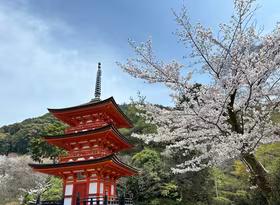
Chart of the Month: Role of peer-to-peer accommodation in regional tourism
Peer to peer (P2P) accommodation has grown rapidly since the launch of Airbnb in New Zealand in 2015. Today, P2P has an established role in our tourism sector, making up 14% of all guest nights. In our October 2024 Chart of the Month, we explore the role of P2P accommodation around the country, finding that P2P makes up more than a quarter of guest nights in some areas, and not in the tourism hotspots that you might expect.
A rapid rise
Data from AirDNA shows that P2P accommodation rose rapidly in New Zealand after the arrival of Airbnb in 2015, although other P2P platforms such as Bookabach have around for longer. By the end of 2015 there had been a total of 132,000 guest nights in whole-house P2P accommodation. By 2024, this figure had risen to an annual total of 6.1 million, representing 14% of all guest nights, including whole-house P2P and traditional commercial accommodation such as hotels and motels. Interestingly, the P2P share of total guest nights has been relatively stable since 2020, a period which includes lockdowns, and international border closing and reopening. This stability implies that P2P accommodation has followed a similar recovery pathway to the commercial accommodation sector.
Uneven spread around the regions
With P2P accommodation firmly established in New Zealand’s tourism sector, its role in regional tourism markets is relatively stable. However, the role of P2P accommodation varies widely from area to area.
Chart 1 shows that in three relatively small tourism areas – South Wairarapa, Kapiti Coast and Waikato Districts, P2P accommodation made up over 30% of total guest nights in the year to August 2024. For all three of these areas, tourism is a relatively small sector, with less than 20 guest nights per year for every permanent resident.
In New Zealand’s biggest tourism destinations – Auckland and Queenstown-Lakes District – P2P accommodation accounted for 16% and 13% of total guest nights respectively.
On a per-resident basis, Westland, Queenstown-Lakes, Kaikoura and Mackenzie are our most significant tourism hotspots, with over 80 guest nights per year for every permanent resident. In all four hotspots, P2P accommodation accounts for less than 20% of total guest nights.
Finding out more
Tourism activity is spread unevenly around New Zealand, so it’s unsurprising to see that the role of P2P accommodation varies so widely. However, it’s surprising that P2P accommodation is most significant in some of our lesser-known tourism areas. If you are interested in finding more about the role of P2P accommodation in your tourism sector – including its performance over time and distribution across your towns and suburbs – please get in touch about a report for your local area.











